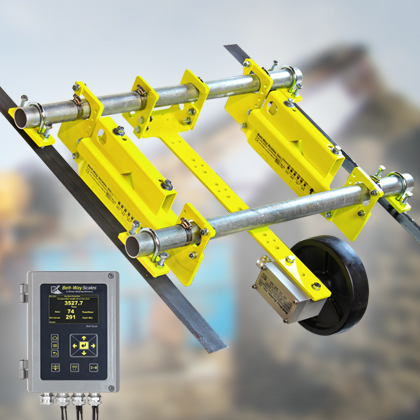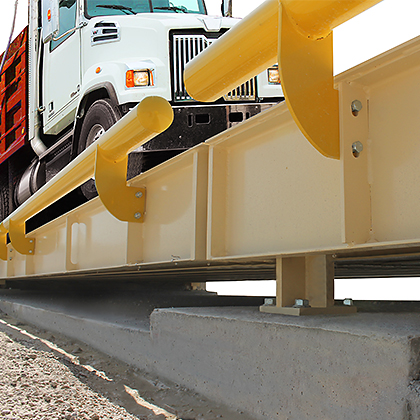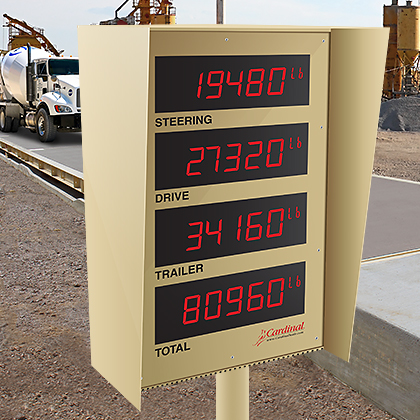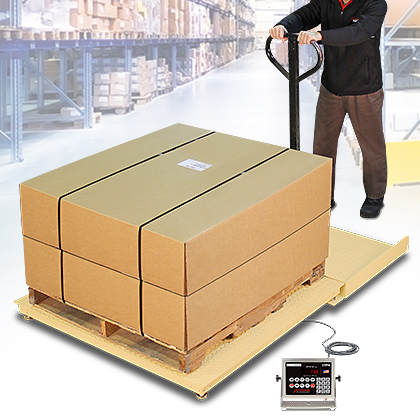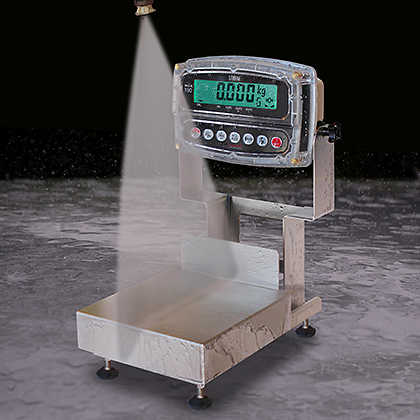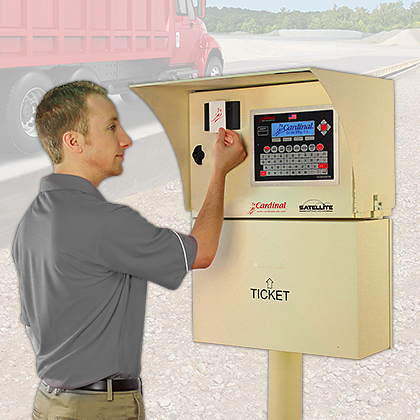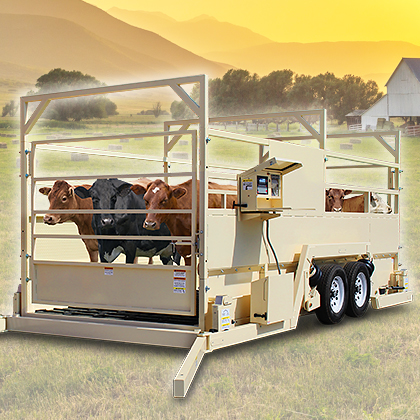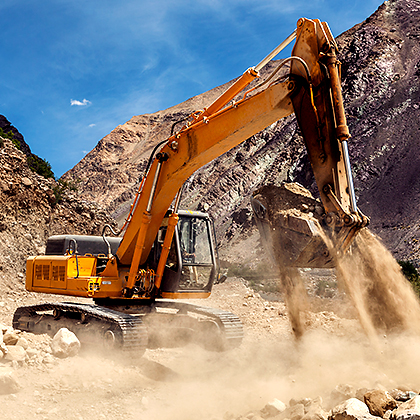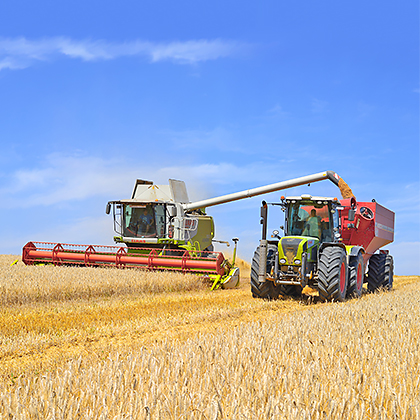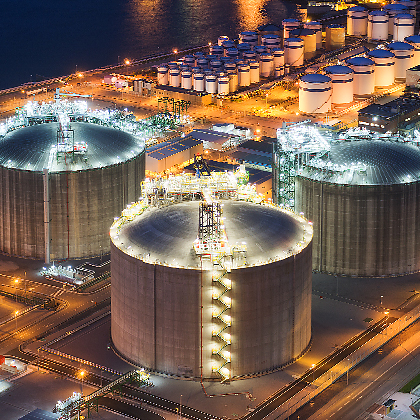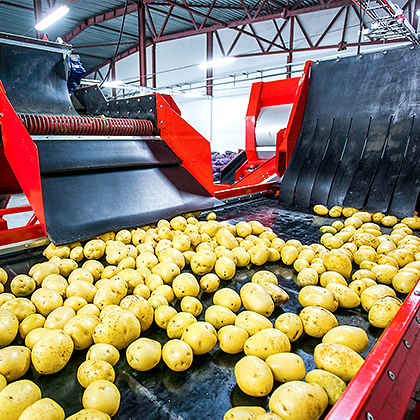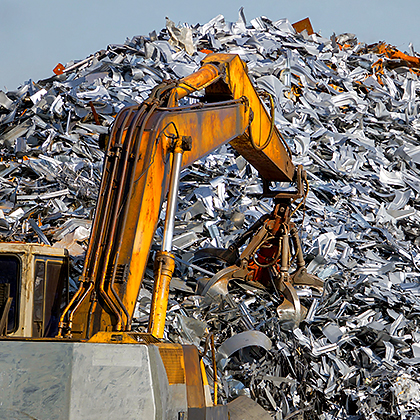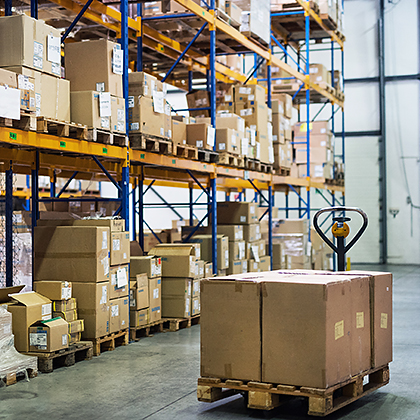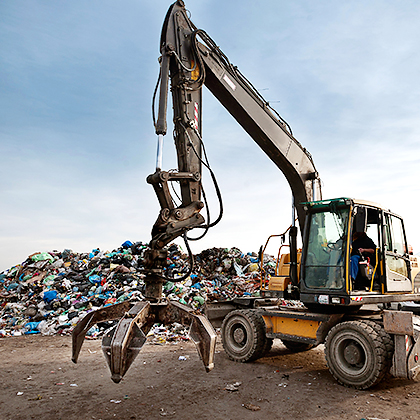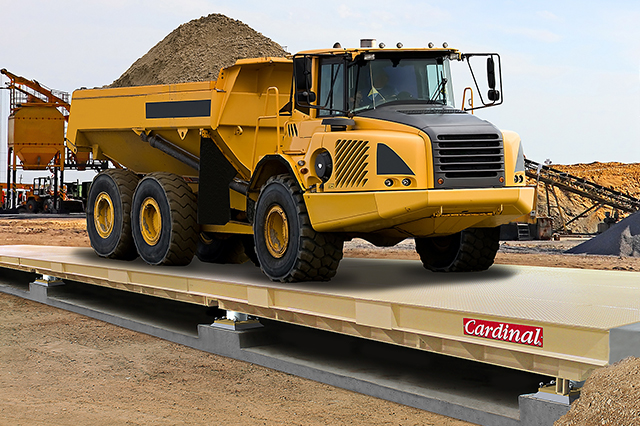Mining is one of the most profitable and dynamic industries in existence and continues to be a global powerhouse industry. Despite the recent economic downturn due to Coronavirus and the shuttering of the world economy, the demand for minerals will only continue to grow. The mining industry can be fraught with very high chances for damage due to mining transportation equipment. Damage to trucks, roads, weight scales, and trucking equipment is very common, and costs associated with loading, transporting, and weighing can be magnified due to the brutal nature of sourcing these in-demand minerals. In order the provide more longevity, a safer environment, and compliance within DOT regulations, truck scales are becoming increasingly important in providing more savings for a mining operation, lowering repairs and replacement costs, and increasing the lifespan of vital equipment needed to transport precious minerals.
Increasing the value and longevity of their businesses are two of the most important aspects mine owners and managers should consider. Since mining vehicles tend to be much larger than standard commercial transportation vehicles, there are problems that are compounded when weighing minerals during transport. Overloading and offset loading are going to do much more damage to roads, trucks, and scales. Accidents are going to be much more severe, lead to more damage, and increase the likelihood of death and bodily damage to drivers and bystanders. Truck scales are more likely to break down due to larger cargo sizes, offset loading and overloading, and repeated heavy usage incurred during the lifespan when used in a mining operation.
Two other important points mine owners should consider are increasing efficiency and lowering operating costs. Truck scales specifically built for mining operations will provide a hedge against all of the aforementioned difficulties while saving money in multiple facets of a business. Using a tool like a truck scale can increase profit margins by maximizing payload, protecting ROI for transportation vehicles, helping businesses better manage fuel consumption, lowering operating costs, and cutting costs related to vehicle maintenance.
There are generally a few options that mine owners will have when deciding the style of scale that will best fit their operation. Some of the more important questions worth considering are: Should the scale be a permanent fixture or would it make more sense to own a portable version? What physically would make a truck scale better serve a high-traffic facility? Will costs related to scale downtime be factored into the mine’s business model? What type of environment will the scale be subjected to? Are there options regarding remote monitoring of scale systems? Since digital systems are easier to manage and provide more information, is there a product that can convert analog systems into digital systems? What are some of the largest costs that will be cut by utilizing the right truck scale in a mining application?
Regarding the permanence of the location, you will need to decide if truck scales are permanently installed (static) or need to be moved around (portable). Larger mines that are pulling minerals out of a single mine—or a tightly concentrated series of mines—would do well to consider a scale or series of scales that will be placed in a permanent location. Since there will not be great distances that will need to be driven, it would make more sense to complete the concrete work and place a scale in service in a permanent installation. If the mining operation will not be a long-term project or there are several far-flung mines within a location, finding a rugged, durable, portable truck scale would provide the most value.
Due to the enormity of most mining vehicles, the truck scales that would be most appropriate for such an application would possess a high CLC (concentrated load capacity) rating, have a high maximum capacity, and generally have a wider deck to accommodate heavy-duty off-road vehicles. Scales that possess a tighter I-beam spacing configuration under the scale deck will be more suited to repetitive, heavy loading from large transportation trucks. Structurally, the scale deck will have to be thicker than that of standard truck scale and have load cells that are also rated for a large capacity. Digital or hydraulic load cells are both good options considering the surroundings and environment that usually accompany a mining operation. Digital load cells happen to be the best choice since they can afford mine owners or their scale service company the luxury of remotely monitoring scale performance and receiving real-time load information. Digital load cell systems can also provide notifications of load cell failures in real time. All of these factors provide fail-safes against potential problems that will cost mine owners time, money, and valuable resources.
Downtime due to load cell and scale deck failures can be very costly and should be seriously considered before deciding what type of truck scale will be used for their operation. Analog load cells have the most potential for error due to the large amount of wiring, junction boxes, and the diagnosis process can vary wildly depending on potential wiring errors. They also will be most-susceptible to moisture, fluctuations in weather, and sediment and grime that can get into wiring and entrances in analog wiring systems. Digital load cell systems either greatly eliminate or completely eliminate wiring issues that cause expensive downtime and long diagnostic times that can last for days. Truck scales that feature thinner decks and fewer I-beams under the scale deck are a recipe for potential deck damage. Once a deck has been damaged due to low spots in the scale deck, known simply as “dimpling,” the deck is exceedingly difficult and costly to repair, if it can be salvaged at all. Thicker truck scale decks and more closely-concentrated I-beams provide a more robust structure that is less susceptible to overloading and offset loading that is common in mining transportation.
Regarding environment, it is important to know what limitations are going to be in store for the truck scale in a given application. Sediment and filth are pretty much a given in a mining environment, but there are other factors that are just as damaging. Temperatures, either extreme hot or cold, can present unique challenges for truck scales and hardware peripheral equipment. Once again, analog systems present more challenges due to wiring expanding and contracting, being exposed to moisture, and having more wiring surface area that has the potential to be damaged. Will the location where the scale will be placed have the potential to be flooded or exposed to lightning? If these situations will be commonplace, scales with epoxy paint coatings and load cells with an IP68 rating or higher will be best-suited to deal with extremely wet conditions. The load cells should also feature some form of lightning protection, protecting not only the load cell itself, but also preventing damage to other load cells in the truck scale system. Hydraulic load cells offer the best performance out of all load cell types in extremely wet and harsh environments.
Savings from truck scales are almost innumerable when considering the benefits afforded to mining operations. A rugged, well-performing truck scale saves money by giving drivers the exact amount of their payload and preventing overcharging costs to customers. Digital truck scale systems provide more information that can be processed and reported, giving mining businesses a more accurate depiction of daily, weekly, monthly, and yearly processes. Digital truck scales can greatly reduce the costs of operation as compared to analog truck scales by eliminating downtime due to malfunctions, time spent diagnosing electrical failures, and providing more protection against efficiency problems that can keep a mine location from processing its minerals smoothly.
Truck scales also provide more longevity for equipment that mine owners and operators depend on. Overloading trucks causes structural damage to the transportation vehicle, increases fuel costs, and causes damage to tires—all of which are very costly to replace and repair. Mine owners must also factor in downtime associated with performing maintenance on transportation vehicles due to overloading. Roads and paths located on or near the mining facility will also be damaged more severely and require more maintenance and patching due to overweight trucks.
As previously mentioned, truck scales that are not designed for mining environments will also incur great costs and the potential for inefficiencies. Scale maintenance carries the potential for high costs when replacing load cells, wiring, and the time spent trying to diagnose information transmission failures. Replacement of scales that are not strong enough to handle heavy loading and the repetition of a high-volume mining environment are also very costly.
The aforementioned questions should be taken seriously by mine owners when finding a truck scale that will be appropriate for their mining operations. The application of their prospective scale, the structural requirements of the scale, the potential costs that might be associated with their application, and the environmental characteristics of the mine where the scale will be operating are good starting points to guide mine owners in the pursuit of finding a scale that will be most suitable for their business.
Learn more about Cardinal Scale truck scales:
https://cardinalscale.com/product/product-category/Truck-Scales

